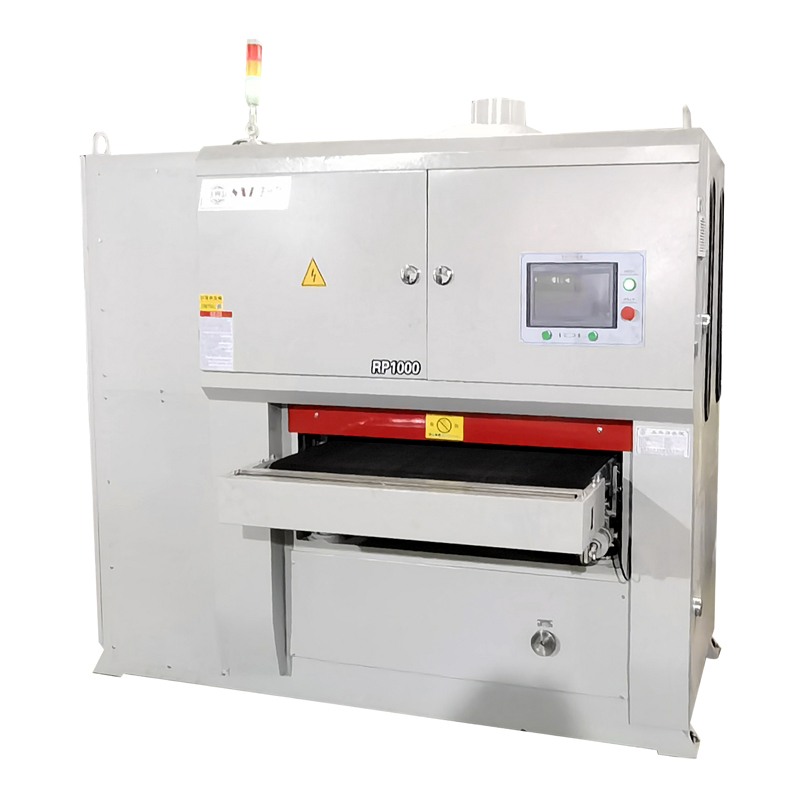

Precision workpiece burr removal is an important process in the manufacturing industry, which can improve the quality and beauty of the product. However, there are often challenges when performing burr removal on precision workpieces.
First of all, the shape and size of precision workpieces are diverse, which brings certain difficulties to burr removal. Different shapes and sizes of the workpiece need to use different methods and tools for processing, and some special shapes of the workpiece is difficult to remove burrs, may need to develop a special deburring process.
Secondly, precision workpieces are usually made of a variety of materials, including metals, ceramics, plastics, etc. The surface characteristics of different materials are different, and the requirements for burr removal process are also different. Some materials have hard surfaces that require more efficient deburring tools, while others have fragile surfaces that require more careful handling to avoid damaging the workpiece.
Third, precision workpieces usually have very high accuracy requirements, and higher requirements are also put forward for burr removal processes and tools. In the process of burr removal, the process and tools must ensure that no new scratches or damage are created, while at the same time being able to completely remove burrs to meet the high precision requirements of the workpiece. This requires sufficient experimentation and testing in the selection of deburring processes and tools to ensure that the effect meets the requirements.
Fourth, precision workpiece usually has a complex surface shape, there are many hidden corners or pits, it is difficult to completely remove burrs. These difficult areas are easy to breed bacteria or lead to the accumulation of impurities, which brings certain troubles to the use and maintenance of the workpiece. For these difficult to remove burrs, you can consider using other process means, such as control chemical corrosion, laser melting and other methods to solve.
Fifth, precision workpieces usually need to be processed in multiple processes, and burr removal is often the last processing process. In the previous processing process, there may be some burrs or scratches that are difficult to remove, and these defects will cause some trouble in the final burr removal process. Therefore, the occurrence of burrs should be reduced as much as possible during the processing of precision workpieces to reduce the difficulty and risk of burr removal.
In general, precision workpiece burr removal is a highly technical process that requires specific process design and the selection of appropriate tools according to the shape, material and surface requirements of the workpiece. In practical applications, it is also necessary to constantly test and improve to find the most suitable deburring method to meet the high precision and high quality requirements of the workpiece.
